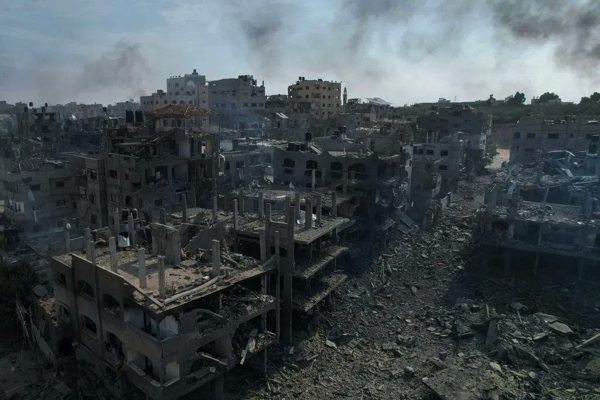India recently put Beijing in range of its nuclear weapons, report says

(Natural News) Although India has long focused its nuclear defense strategy on Pakistan, they have recently been focusing extra attention on China. Recent analysis carried out by the Bulletin of the Atomic Scientists shows that India has positioned new Agni missiles in a way that suggests their main target is China.
The analysis was carried out by the director of the Nuclear Information Project for the Federation of American Scientists (FAS), Hans M. Kristensen, and a research associate for the Nuclear Information Project at the Federation of American Scientists, Matt Korda.
According to the authors, Beijing is now within the range of Indian missiles. The nuclear buildup appears to be part of an effort to fight against the growing aggressive development of China’s defensive forces and comes not long after a recent Galwan River Valley ambush that marked the deadliest military conflict seen between the two countries in more than 45 years.
On June 15, Chinese and Indian border regiments were involved in hand-to-hand combat that left 28 Indian soldiers dead. The Indian Army described the incident as an ambush carried out by Chinese forces. Although Beijing has not officially acknowledged any casualties from the incident, military sources in India have estimated that around 40 soldiers in China’s People’s Liberation Army were killed.
The fighting was believed to have started after Indian troops dismantled a Chinese tent that the PLA had agreed to vacate but then reneged on their promise. A senior Indian government official said that Chinese troops from the People’s Liberation Army were armed with iron rods and batons wrapped in barbed wire. One officer reported that unarmed men who fled to the hills were hunted down and killed.
The hand-to-hand combat was described as ”savage.” More than 110 Indian soldiers are being treated for serious injuries, and the death toll is expected to rise. Neither side was armed in keeping with decades of tradition in the Galwan River Valley meant to prevent escalation between the two nuclear-armed neighbors.
It was the most intense fighting seen between China and India since skirmishes in 1967 that left 340 PLA soldiers and 88 Indian soldiers dead. Indian Prime Minister Narendra Modi stated that his country would “defend every stone, every inch of its territory.”
India may be changing its nuclear strategy
While China and India have sometimes fought about their disputed border over the years – it was even the cause of a war in 1962 – the threat of potential nuclear retaliation has largely kept the disagreement from escalating beyond periodic border skirmishes in recent years. However, the new analysis indicates that India is starting to put extra precautions in place against China.
It’s believed that India has produced enough plutonium for at least 150 nuclear warheads. The country is also said to be building new plutonium production facilities as they continue to modernize their nuclear arsenal. At least three new weapons systems are currently under development, including land- and sea-based delivery systems and nuclear-capable aircraft. The systems will be ready for combat in the near future.
According to the report, China’s military superiority – both conventionally and in a nuclear sense – has prompted India to launch a significant expansion of its capabilities that may also impact the way India approaches its use of nuclear weapons against Pakistan.
The study cites one scholar as saying: “We may be witnessing what I call a ‘decoupling’ of Indian nuclear strategy between China and Pakistan. The force requirements India needs in order to credibly threaten assured retaliation against China may allow it to pursue more aggressive strategies – such as escalation dominance or a ‘splendid first strike’ – against Pakistan.”
Any type of nuclear exchange in this part of the world could have a serious impact on the rest of the planet, even if it doesn’t kill all of us directly. The spread of the smoke and radiation could rise high above the earth and spread across the globe, reducing surface temperatures for years and causing massive crop failures. Experts have estimated that a large-scale nuclear exchange between India and Pakistan could kill as many as 2 billion people due to starvation; an exchange between India and China could be just as devastating.
Sources for this article include:



